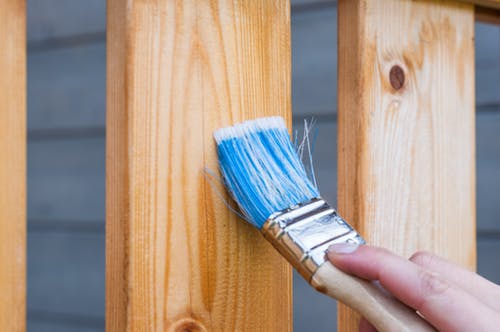Do You Have a Mold Problem? How to Conduct a Thorough Home Inspection and Identify the Need for Remediation
Discovering mold growth in your home can be a significant cause for concern. This unwelcome guest can not only damage your property, but it can also pose a threat to your health. In this article, we’ll conduct a comprehensive home inspection to identify mold problems and discuss the significance of water damage restoration and mold remediation in maintaining a healthy living environment.
Identifying Mold in Your Home
Before you start looking for mold in your home, knowing what you’re searching for is essential. Mold comes in various sizes and colors – black, green, brown, or white – and often grows in damp areas with poor ventilation. While mold might be visible in some instances, it can also hide behind walls, under carpets, or in other hard-to-see places. So, how can you tell if you have a mold problem? Be looking for discolored surfaces, musty odors, or damp spots in your home. Additionally, if any of your household members exhibit allergy-like symptoms or respiratory issues, it might be a sign of mold exposure.
Reasons to Conduct a Mold Inspection
Several situations may warrant a mold inspection for your home. A few common scenarios include:
- Purchasing a new home: Since you cannot be sure of the water damage history in a previously owned property, having a mold inspection before buying can save you from potential problems in the future.
- Water damage or leaks: If your home has experienced water damage, such as a basement flood or a leaky roof, you should inspect for mold growth, as moisture is a crucial factor for its development.
- Lingering musty odors or allergic reactions: Persistent unpleasant smells or worsening allergy symptoms may indicate hidden mold growth within your home.
- Following mold remediation efforts: After addressing a known mold problem, regular inspections can help ensure the issue has been resolved.
The Mold Inspection Process
When dealing with a suspected mold issue, hiring a professional mold inspector is wise. These experts are trained in identifying mold and pinpointing its source. During a mold inspection, the professional will visually inspect your home, paying special attention to areas with moisture or known mold growth. They may use specialized equipment like moisture meters or infrared cameras to detect hidden mold or damp spots accurately. The inspector will also help you identify the root cause of the moisture problem, which must be addressed as part of the remediation process.
Mold Testing vs. Mold Inspection
While mold inspections focus on visually identifying mold growth, mold testing aims to determine the specific type of mold and measure its spore count in the air. However, mold testing can be unreliable and expensive. Moreover, the Environmental Protection Agency (EPA) does not recommend routine mold testing as no guidelines exist for an acceptable amount of mold in a household. Instead, you’re better off focusing on finding and eliminating mold growth through mold inspection and remediation.
Water Damage Restoration
Water damage restoration plays a vital role in addressing mold issues. Failure to promptly repair water damage can lead to mold growth and further damage to your property. Upon discovering water damage in your home, addressing it within 24 to 48 hours is crucial to prevent mold formation. The water damage repair process may involve removing excess water, drying out affected areas, and repairing or replacing damaged materials.
Preventing Mold Problems in the Future
Prevention is always the best course of action when dealing with mold problems. By taking proactive measures, you can maintain a healthy living environment and avoid costly remediation in the future. Here are some tips to help you prevent mold growth:
- Maintain proper indoor humidity levels by using a dehumidifier or air conditioning system.
- Ensure effective moisture control by properly ventilating bathrooms, kitchens, and laundry areas.
- Address and repair leaks or water damage promptly to avoid mold formation.
- Conduct regular home maintenance checks to identify potential mold growth areas and improve indoor air quality.
Mold remediation involves removing existing mold, cleaning surfaces, and ensuring that the moisture problem causing the mold growth is resolved. For example, mold remediation in Lake Elsinore might entail hiring a professional remediation service to clean the affected areas, remove damaged materials, and make necessary repairs to prevent future mold development.
Conclusion
Addressing mold problems in your home is essential to maintaining a healthy living environment. A thorough home inspection and mold remediation process can help you tackle these issues effectively. Timely water damage repair and mold prevention strategies are crucial in ensuring your home remains mold-free. By doing so, you’ll protect your property and safeguard your household’s well-being.


